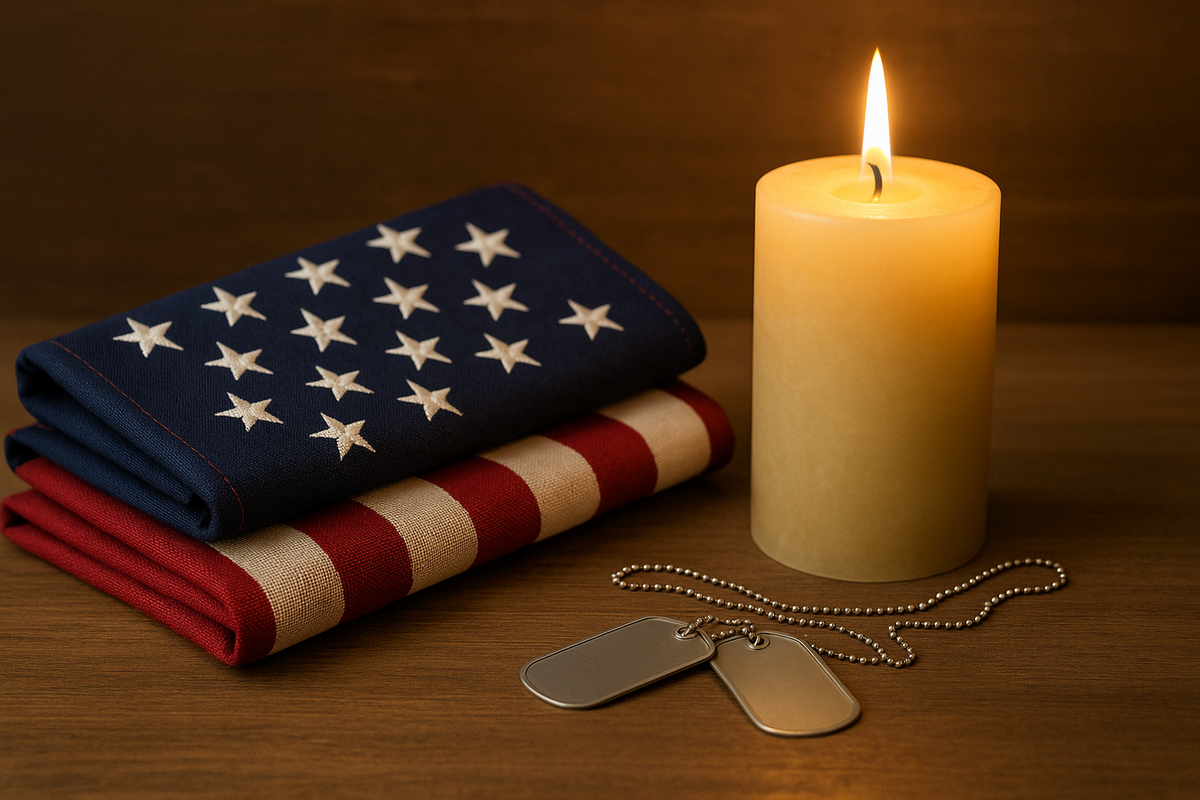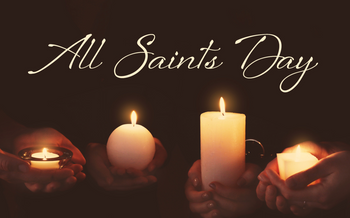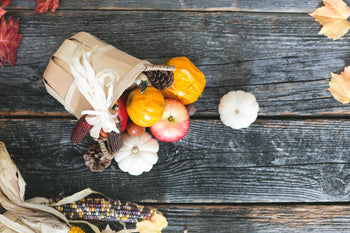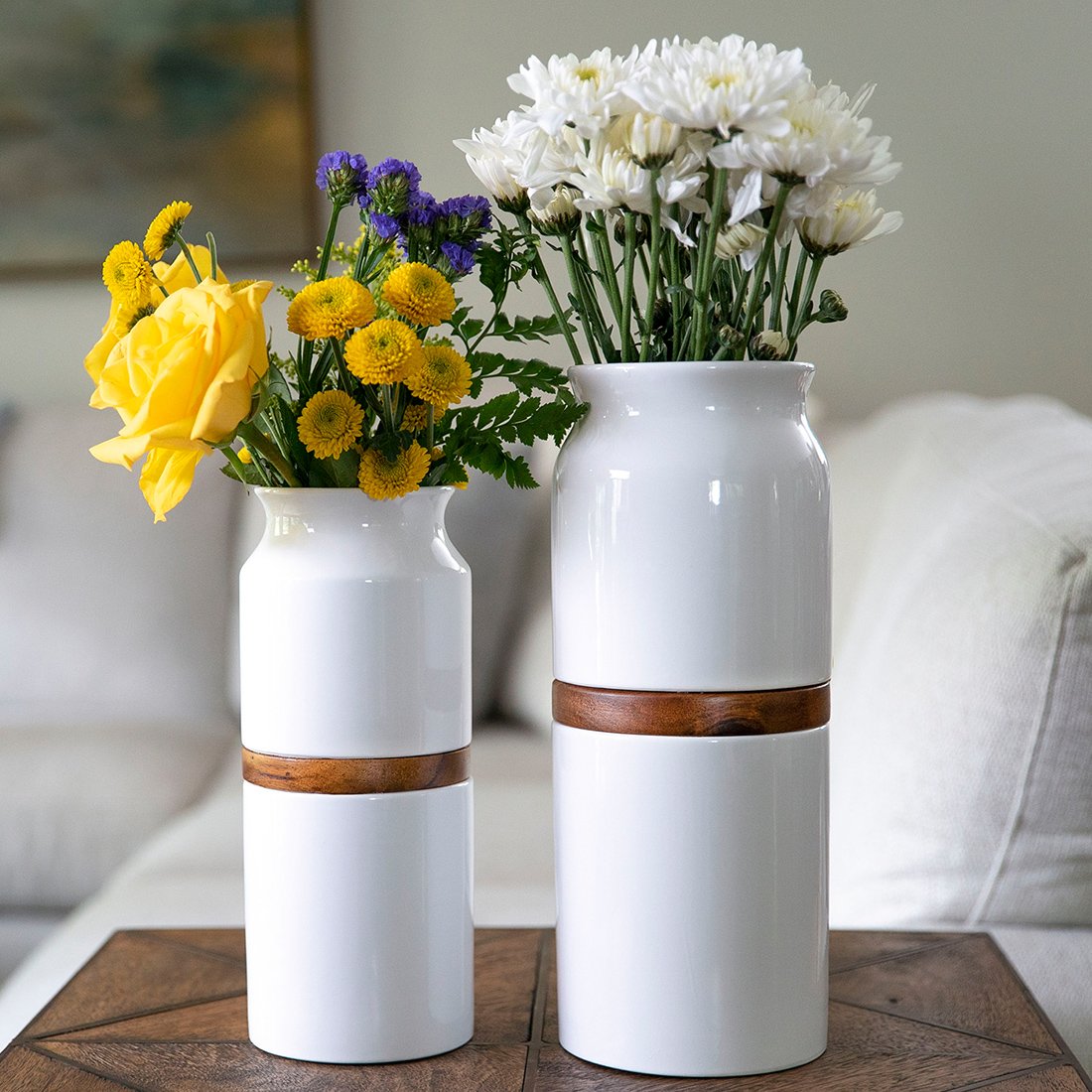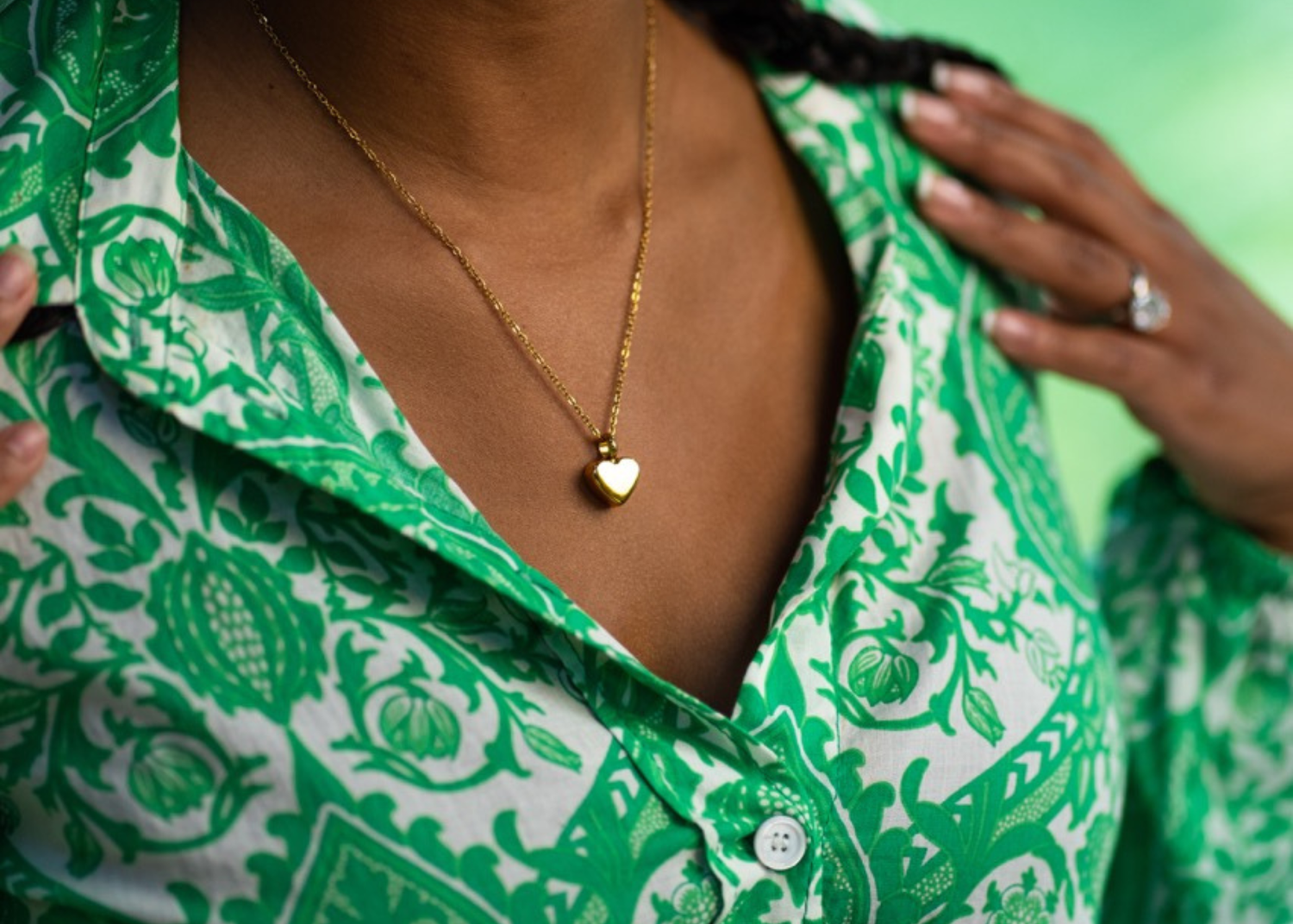Every November 11th, the nation pauses to honor the bravery, sacrifice, and commitment of those who have served in the armed forces. Veterans Day is more than a date on the calendar — it’s a day of gratitude, reflection, and connection.
For many, it’s also a time to remember loved ones who served, to celebrate the living, and to reflect on the freedoms secured through their courage. Across the country, tributes take many forms — from public ceremonies to quiet personal gestures — all carrying the same message: thank you for your service.
The Meaning of Veterans Day
Veterans Day originated as Armistice Day, marking the end of World War I on November 11, 1918. In 1954, the holiday was renamed Veterans Day to honor all who have served in the U.S. military — past and present.
Unlike Memorial Day, which honors those who died in service, Veterans Day recognizes all veterans — living and deceased — for their dedication and sacrifice. It’s a reminder that freedom is not free, and that gratitude should be an active, ongoing practice.
But beyond ceremonies and parades, Veterans Day also invites personal reflection: to remember, to listen, and to honor in ways that feel genuine.
National and Local Traditions
Veterans Day is observed across the United States with diverse and meaningful traditions that unite communities and generations.
1. The National Ceremony at Arlington National Cemetery
Each year, a solemn ceremony takes place at the Tomb of the Unknown Soldier, including the laying of a wreath and a moment of silence. This event symbolizes collective gratitude for all who have served, known and unknown.
2. Parades and Community Gatherings
Cities and towns host parades featuring veterans, military bands, and families. These celebrations often blend pride and remembrance, offering moments for both celebration and solemnity.
3. School and Civic Programs
Many schools hold assemblies where students learn about military history, write thank-you letters, or invite local veterans to speak — ensuring that future generations understand the meaning of service.
4. Flags and Memorial Displays
Public buildings, parks, and cemeteries are often adorned with American flags. Some communities create symbolic displays, like placing flags for each local veteran or lighting memorial candles at night.
5. Two Minutes of Silence
At 11:00 a.m., people around the world often observe two minutes of silence — marking the exact hour of the World War I armistice and offering a shared moment of remembrance.
Personal Ways to Honor Veterans
While public ceremonies are powerful, personal tributes can be just as meaningful. Small acts of appreciation can carry enormous emotional weight, especially for veterans who may not seek recognition.
Here are some thoughtful ways to participate in Veterans Day:
-
Reach out to a veteran. Call, text, or visit someone you know who served. A simple “thank you” can mean more than you realize.
-
Write a letter. Send messages of gratitude through organizations like Operation Gratitude or A Million Thanks.
-
Donate or volunteer. Support veteran-focused nonprofits that provide housing, mental health services, or job training.
-
Fly the flag. Displaying the American flag respectfully at your home or workplace is a timeless gesture of honor.
-
Support veteran-owned businesses. Shop consciously and give back to those who have given so much.
-
Attend a ceremony. Whether at a cemetery, park, or town square, showing up in person honors both memory and presence.
Acts of remembrance don’t have to be grand — sincerity is what gives them meaning.
Honoring Veterans Through Memorials
Memorials — both public and personal — play a special role in keeping stories alive. Visiting these spaces allows for reflection and connection.
At national sites like the Vietnam Veterans Memorial, the World War II Memorial, or the Korean War Veterans Memorial, visitors leave flowers, notes, or coins as tokens of respect.
At home, families often create smaller tributes:
-
A framed photo or flag displayed on a mantel.
-
A memorial candle lit each November 11th.
-
A keepsake urn or plaque honoring a loved one’s service.
-
A digital photo album that preserves stories, letters, and medals.
Objects like these hold presence — they keep the spirit of service visible, grounding remembrance in daily life.
The Healing Power of Recognition
For many veterans, being seen and acknowledged can be deeply healing. Military life demands immense sacrifice, often leaving lasting physical and emotional scars. A sincere gesture of appreciation can affirm that those sacrifices mattered — that the community remembers.
Gratitude also heals those offering it. Taking time to reflect on courage and service brings perspective, humility, and connection. Veterans Day becomes not just a national event, but a human one — reminding us of our shared responsibility to care for one another.
Veterans Day Across the World
While the U.S. observes Veterans Day, many other countries commemorate November 11th as Remembrance Day or Armistice Day. Ceremonies in Canada, the UK, Australia, and other nations often include the red poppy, a symbol inspired by the World War I poem In Flanders Fields.
These global observances reflect a common truth: the impact of service extends beyond borders. Across languages and faiths, people unite in gratitude for those who gave their strength, health, and years for the good of others.
How Businesses and Communities Can Participate
Organizations can play a role in honoring veterans meaningfully — not just symbolically.
-
Offer discounts or free meals to veterans on November 11th.
-
Host a flag-raising ceremony or moment of silence at work.
-
Invite employees to share stories or family connections to service.
-
Donate a portion of proceeds to veteran organizations.
-
Encourage volunteer time for community service in veterans’ honor.
These gestures foster community awareness and respect — turning gratitude into action.
Bringing It All Together
At Oaktree Memorials, we believe remembrance takes many forms — and gratitude is one of the most powerful. Veterans Day is a moment to honor those who gave their time, courage, and hearts to serve others.
Whether you attend a public ceremony, light a memorial candle, or simply reach out to say “thank you,” your actions help carry forward a legacy of service and love.
Remembrance is not only about the past — it’s about how we live today, with awareness of those who made that life possible.
On this Veterans Day, let us remember not only their service, but their humanity. Because every salute, every flag, every moment of silence tells the same story: courage remembered, freedom honored, and gratitude renewed.
Would you like me to create the cover image — a realistic, softly lit scene featuring folded American flags, a memorial candle, and a pair of military dog tags on a wooden surface, symbolizing reflection, honor, and gratitude?

